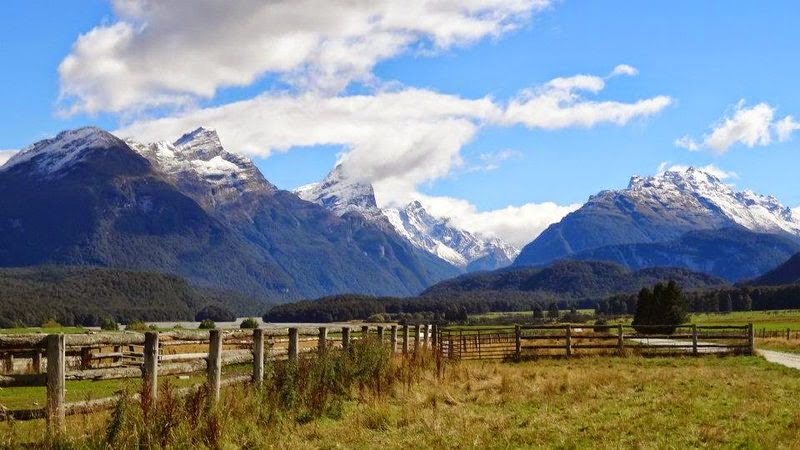Maldives,officially the Republic of the Maldives and also referred to as the Maldive Islands, is an island nation in theIndian Ocean–Arabian Sea area, consisting of a double chain of twenty-six atolls, oriented north-south, that lie between Minicoy Island (the southernmost part of Lakshadweep, India) and the Chagos Archipelago. The chains stand in the Laccadive Sea, about 700 kilometers (430 mi) south-west of Sri Lanka and 400 kilometers (250 mi) south-west of India.
The Maldives is the smallest Asian country in both population and land area. With an average ground level elevation of 1.5 metres (4 ft 11 in) above sea level, it is the planet's lowest country. It is also the country with the lowest natural highest point in the world, at 2.4 metres (7 ft 10 in). Forecasts predicting future inundation of the Maldives due to rising sea levels are of great concern to its people.















